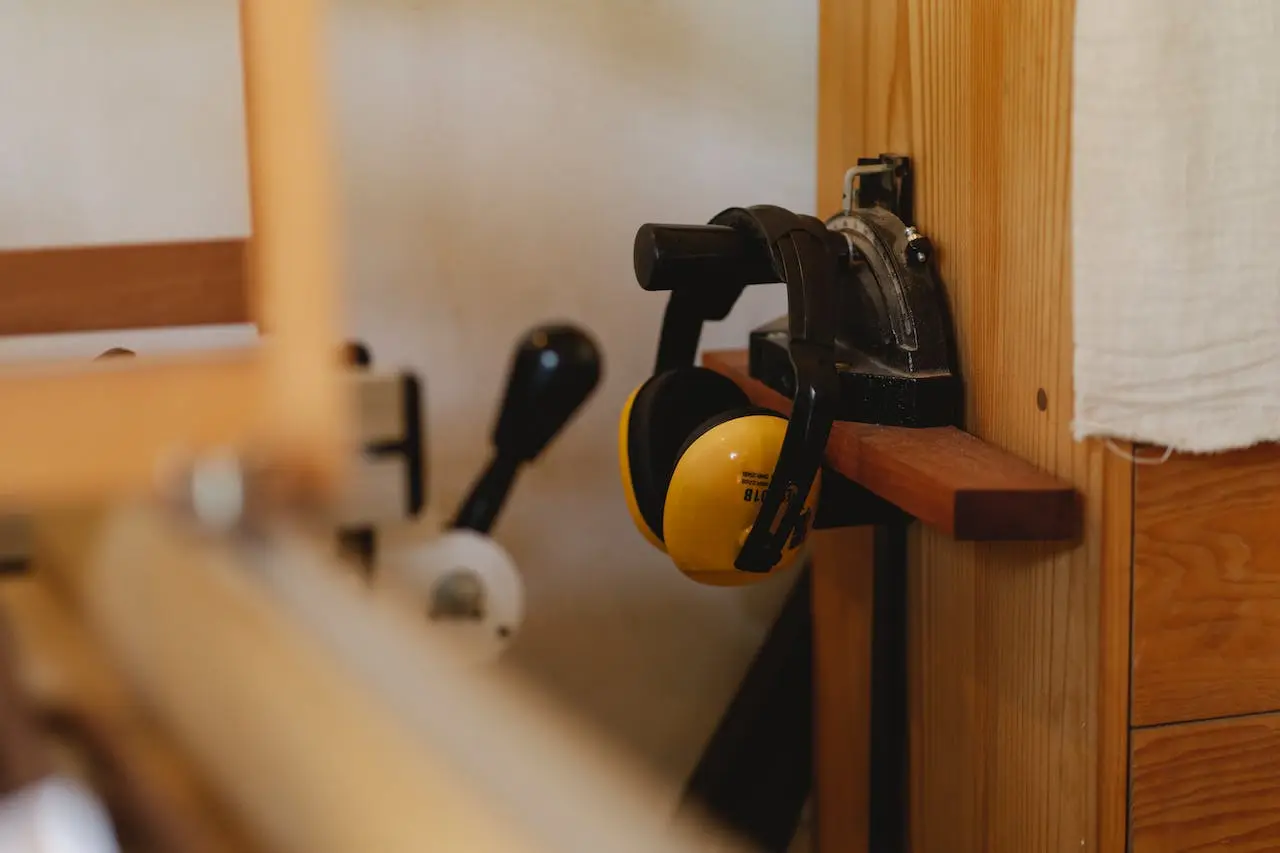Foam, powder, snow, or maybe water fog? Which health and safety fire extinguishers will be in the workplace depends on the industry and the nature of the duties performed. What regulations apply? Where should we deploy fire protection equipment? We have addressed all this in the following article. Learn about the topic of fire extinguishers in the workplace from A to Z!
Workplace and fire extinguishing agents
The Labor Code precisely indicates that the employer is obliged to create safe and hygienic working conditions. This includes issues related to fire protection. And so the employer is also obliged to equip the plant with certified fire extinguishers in red. They come in different sizes, of which the amount of weight of the extinguishing agent depends primarily on the type of building area. Thus, usually a conversion factor of 2 kg or 3 dm3 of the mass of the chosen extinguishing agent for each 100 m2 of fire area is used.
Requirements for fire protection
All regulations and requirements are precisely defined in the Regulation of the Minister of Internal Affairs and Administration of June 7, 2010 on fire protection of buildings, other buildings and grounds. Importantly, we entrust fire protection - especially the selection of the right number and type of fire extinguishers - only to a competent person. This can be the same employee who deals with health and safety issues at the workplace, but only after receiving training from the State Fire Service.
In addition, it is worth installing fire detectors in the plant, as well as a warning system - either automatic or manual, where the fire alarm is activated by pressing a button. The equipment should also include fire blankets, suppressors, hydronets and sand boxes.
What's more, any fire extinguisher found on the premises of the company must meet the requirements of the Polish Standards, which are the equivalent of European standards. It is equally important that it be serviced in accordance with the manufacturer's recommendations, at least once a year.
In addition, employees should receive basic training in first aid for victims, evacuation procedures and fire extinguisher operation. Nevertheless, fire extinguishers are designed in such a way that in case of an emergency they can be easily operated even without such training.
Fire extinguishers - types
An extinguisher is not the same as an extinguisher, so we must realize that not every fire will be extinguished with every extinguisher. We distinguish the following types of fires:
- A - solid materials, usually of organic origin, for example, wood, paper, textiles;
- B - liquids and solid materials, for example, gasoline, alcohol, varnish, paraffin, ether;
- C - gases, for example, methane, propane, hydrogen, acetylene;
- D - metals, for example, magnesium, salt, lithium, potassium;
- F - fats and cooking oils in kitchen appliances.
Here are the most common types of fire extinguishers we can encounter:
- foam ex tinguishers (GW) - used for type A and B fires; the extinguishing agent is an aqueous solution of foaming agent;
- powder ex tinguishers (GP) - used for type A, B and C fires or only B and C; the extinguishing agent is powder;
- snow extinguishers (GS) - used for type B and C fires; the extinguishing agent is liquefied carbon dioxide; here a note - snow extinguishers must not be used to extinguish clothing burning on the body, as the carbon dioxide that comes out is very low in temperature, even down to -80 degrees Celsius;
- fog water extinguishers (GWM) - used for type A fires; the extinguishing agent is demineralized water.
Deployment of fire extinguishers in the workplace
We already know that without fire extinguishing agents in the workplace, we know the requirements and can distinguish between the types of fire extinguishers. Now we are left to discuss one more important issue. Namely, the point is that these fire extinguishers must be present in the workplace, but not placed haphazardly.
According to the regulation, portable fire extinguishers in buildings should be distributed in easily accessible and visible places - at least 1 meter wide and a maximum of 30 meters from the place where people may be. In particular, this includes the area around the entrance to the building, in each stairwell, in corridors, as well as at the exits of rooms to the outside.
Be careful, however, not to install them near furnaces, heaters and blowers. After all, a fire extinguisher must not create a hazard or impede traffic. And if you have a building consisting of several floors, then let's make sure that fire extinguishers are located in exactly the same places on each floor.
Finally, let's still pay attention to having an extinguisher always within reach, at a height of about 1.4 meters. In the event of a dangerous situation, it should neither be hidden nor secured in a way that makes it difficult to handle. Importantly, we mark places with fire extinguishers and other extinguishing agents with the "Fire Protection Safety Sign".
In the event of a fire, let's act carefully and remember that the priority is to save lives rather than fight the fire. If we see that we can't put out the fire alone, let's call the appropriate services. It's also a good idea to cut off the building from electricity and gas, as well as access to fresh air and any flammable agents. Reason above all.






